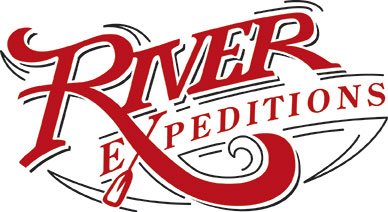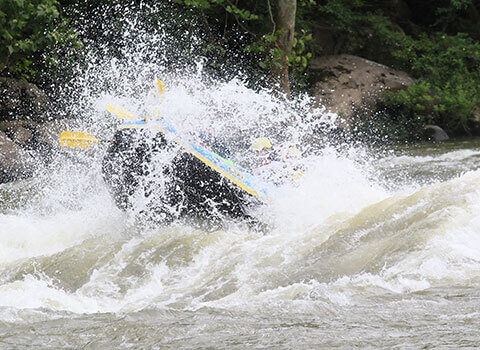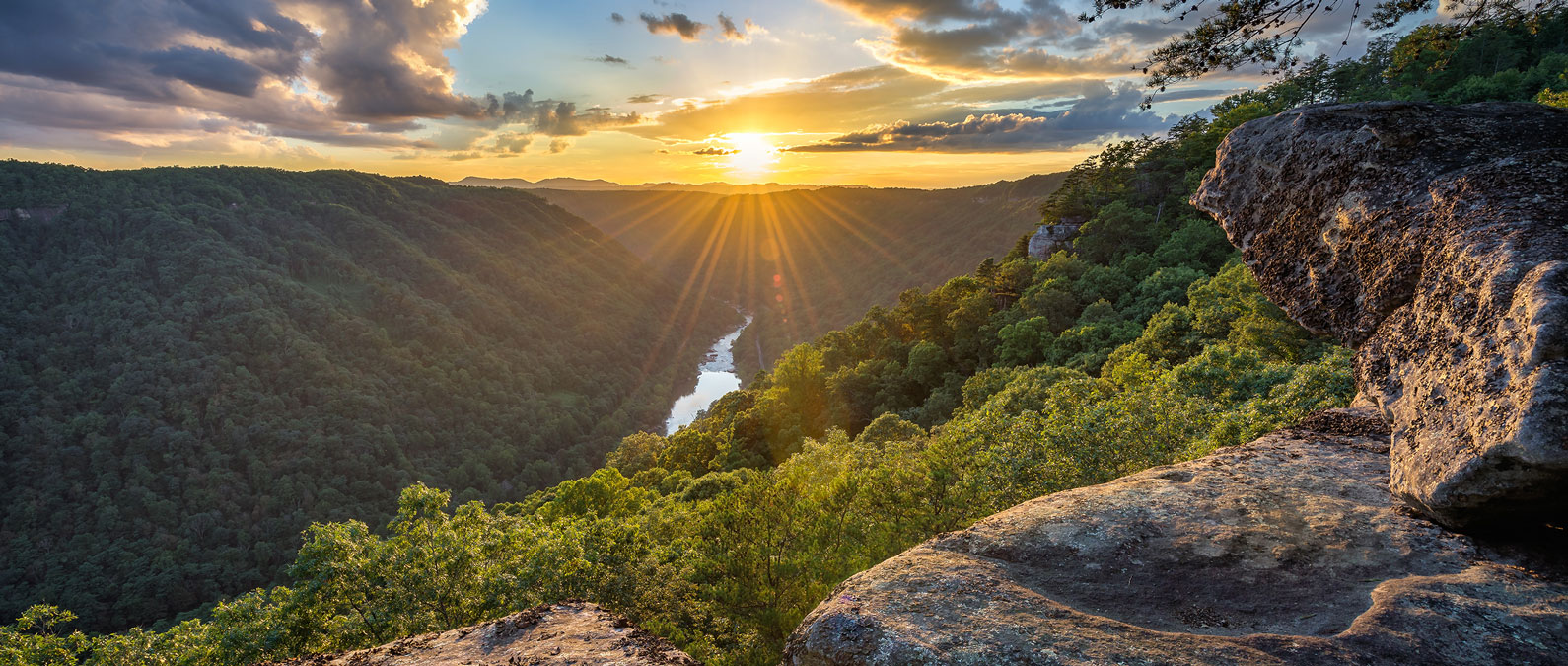Any time you begin a new sport or hobby, you’re almost guaranteed to run into new words and terminology that you had not previously been exposed to. Although your guide will be sure to go over all the essential words and phrases you’ll need to know, it always helps to have a little extra information going in! Keep reading for the words you’ll definitely need to know, plus more resources containing every word you could need to know. 😉
SOME ESSENTIAL RAFTING TERMS:
Biner: Or “carabiner” for those new to rafting folk. Used to secure items to the raft or for setting up a rescue system.
Bow: The front of the raft – which is generally symmetrical.
Bowline: What you use to attach the raft to shore when camping (also a type of knot).
Cams: A strap varying in length (from 2-20 feet usually) that can be used to fasten loads and frames to rafts.
Current: A reference to any moving water.
Drybag: A waterproof bag (generally made from PVC) who has a sole purpose in life is to keep clothes and other small items dry on the raft.
Dump Truck: When the raft stands up on one side and paddlers fall out and the raft stays upright. When the raft dumps all paddlers out by standing up on one side. The raft then returns to an upright position.
Eddy: Water going upstream because of an obstacle in the water (such as a rock) – the perfect place to stop your raft
Ferry: The angle that is used to cross the river. Often 45 degrees when paddling upstream, or when downstream, with the current of the water to help give control of the river to rafters.
Flip: When the raft capsizes and changes from an upright position to an upside down position. This can be fixed by guides using “fliplines” to help bring the boat back into the correction position and get everyone back in it.
High Side!: A command sometimes used by guides to help keep the raft upright and everyone in it. It is used to prevent a collision by redistributing the weight of the rafters and allowing the current to slide under, instead of in to, the raft. Ideally, this prevents the raft from getting stuck on the obstacle or from flipping over.
High Water: The water level after heavy rain, snow melting or other natural processes that cause more water to flow in the river – can often make for more difficult/intense rafting. The opposite of low water
Long swimmer: Someone who falls out of the raft but needs extra help to get back into the raft – sometimes with a paddle.
Paddle: What you’ll be using to help propel and steer the raft. Composed of a blade, shaft and a T grip.
Oar: Larger than a paddle (9-12 feet long), often used by guides because it can more heavily influence the direction and speed of the raft, as extra power is possible.
OS Line: “Outside line.” A rope that runs around the perimeter of the boat that can be grabbed in the case of a swimming rafter.
PFD: (Personal Floatation Device) – AKA the thing that will help you stay above water if you take a little swim
Portage: In the case of a rapid that is too big or unsafe, when rafts are carried past the obstacle.
River Right: The right side of the river when you’re looking downstream from upstream.
River Left: The left side of the river when you’re looking downstream from upstream.
Short swimmer: Someone who falls out of the raft but stays holding on to the OS line.
Stern: The back of the raft – you’ll generally find your guide sitting back here.
Sweep Boat: The final boat that often carries all necessary safety gear and extras that will take up too much space in a raft with passengers also.
Throw Bag: A bag worn around the waist of a guide that contains around 60 ft of rope that could be used to rescue a swimmer if necessary.
T Grip: The part of the paddle that the rafter holds on to, don’t let go of this.
Wrap: When a raft gets stuck sideways on a rock or other obstacle.
This list is far from inclusive, if you’re looking for more, check out Water By Nature.
More resources:
Whitewater Rafting: The Essential Guide to Equipment and Techniques
On Instagram? Don’t forget to follow us at River.Expeditions for pics, giveaways and more!
Related Content:






